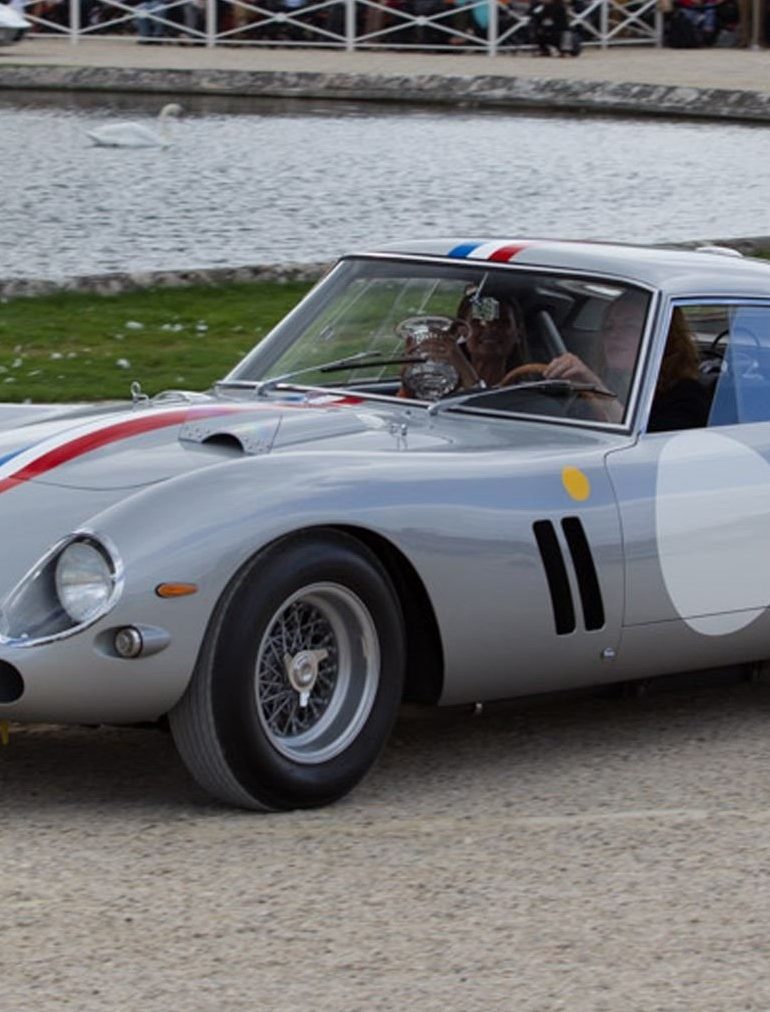The 1960s was a defining era for Ferrari, as the Italian automaker produced some of its most iconic and sought-after models during this period. It was also when the carmaker solidified its reputation as a manufacturer of some of the most desirable and exclusive cars in the performance car world.
Known for their sleek designs, impressive performance capabilities, and unmistakable style, Ferraris of the 1960s continue to captivate car enthusiasts and collectors alike. From the timeless elegance of the 250 GTO to the raw power of the 275 GTB, these cars represent a pinnacle of automotive engineering and design that has stood the test of time. Here we highlight some of the most iconic cars of Ferrari’s golden age.
1969 Ferrari Dino 246 GT
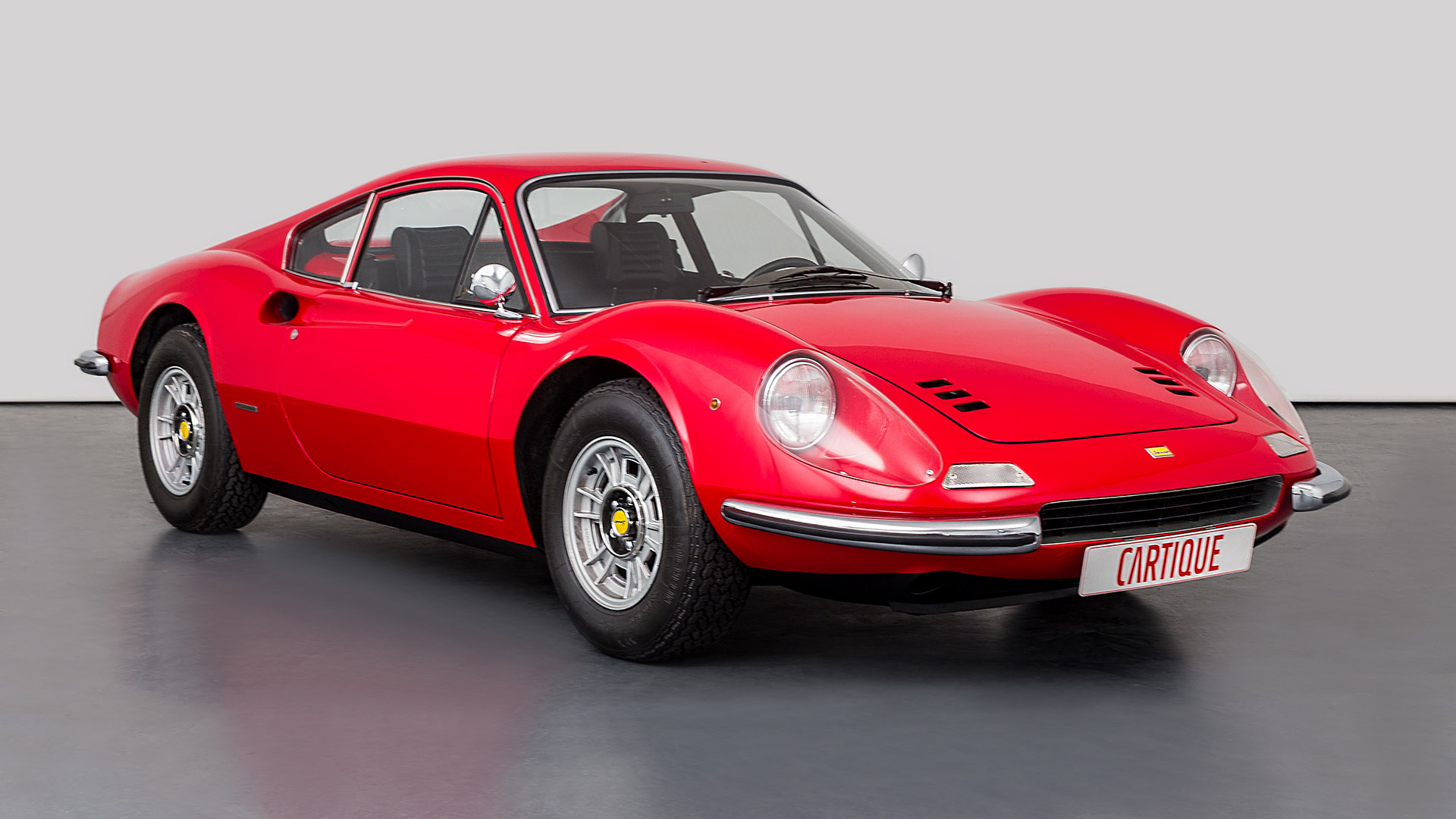
This classic Ferrari was named after the founder’s son, who played a key role in the development of the V6 powertrain. Unfortunately, he passed away in 1956 before Ferrari started putting V6 engines into its road cars.
The Dino 246 GT was only a small evolution of the Dino 206 GT, with a longer wheelbase and repositioned fuel cap. It did boast more power, though. The 2.4-litre V6 engine cranked out 192 bhp, up from 178 bhp. The Dino 246 GT set a 5.5-second 0 to 60 mph sprint time and maxed out at a 148 mph top speed, enough to outmuscle the 1970 Porsche 911, one of its biggest rivals.
The Dino 246 GT was one of the most commercially successful Ferrari models of that era, with over 3,500 units built (GT coupes and GTS spyders).
1964 Ferrari 500 Superfast
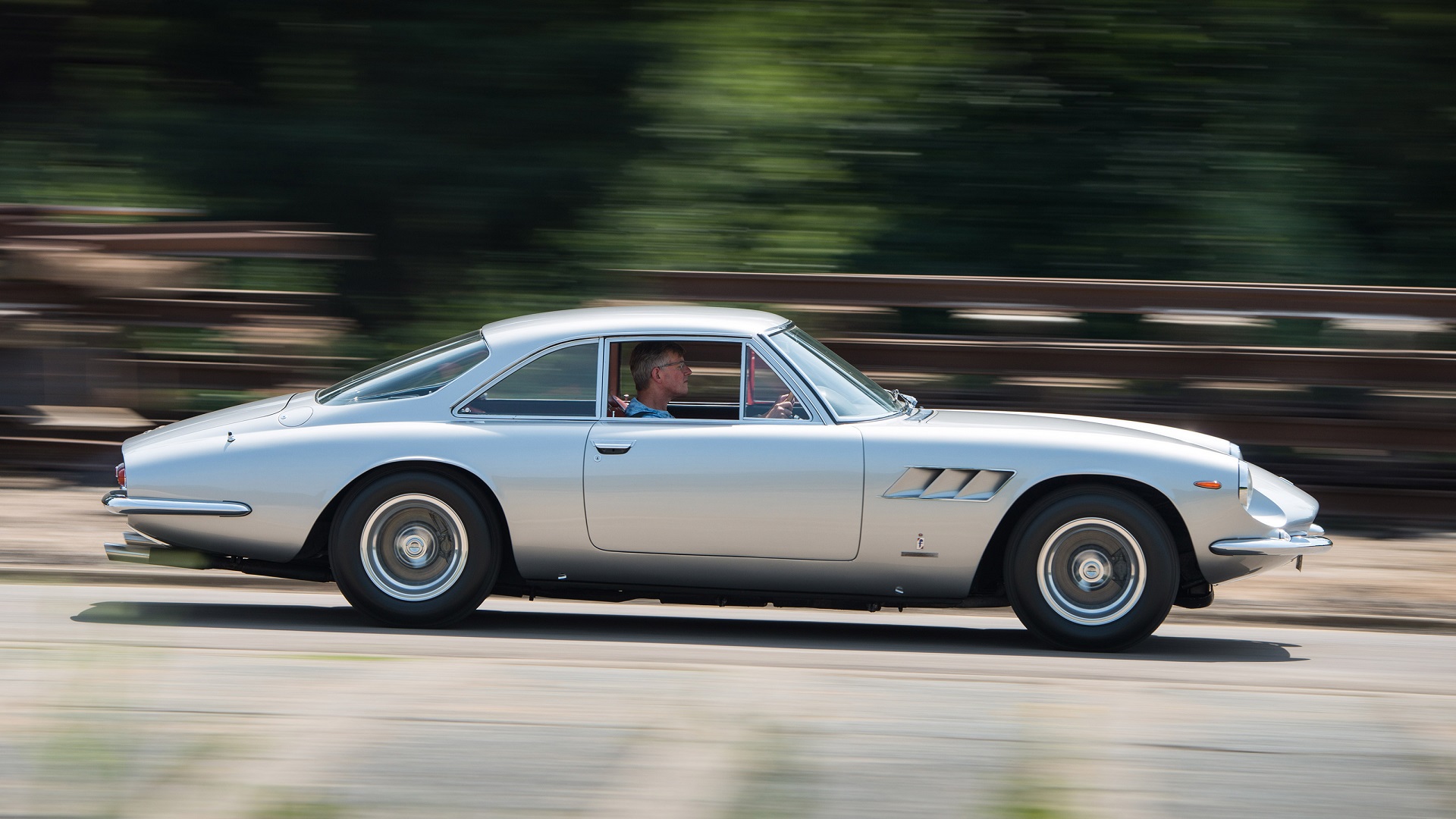
Before the modern era 812 Superfast, there was another Ferrari that bore that rather unusual moniker. The Ferrari 500 Superfast, launched in 1964, was imagined as a GT, packing a V12 powerplant within its elegant frame.
The Tipo 208 Colombo V12 unit made around 400 bhp and 351 lb-ft of torque, enough to place the Superfast at the top of its class. That power output was also good for a 6-second sprint to 60 mph and on to a 170 mph top speed.
The 500 Superfast was among the last of the carmaker’s coach-built coupes, and only 36 units were made. Today, it is an ultra-rare collector’s gem that inevitably triggers a wild bidding war whenever one pops up for sale at auction.
1960 Ferrari 400 Superamerica
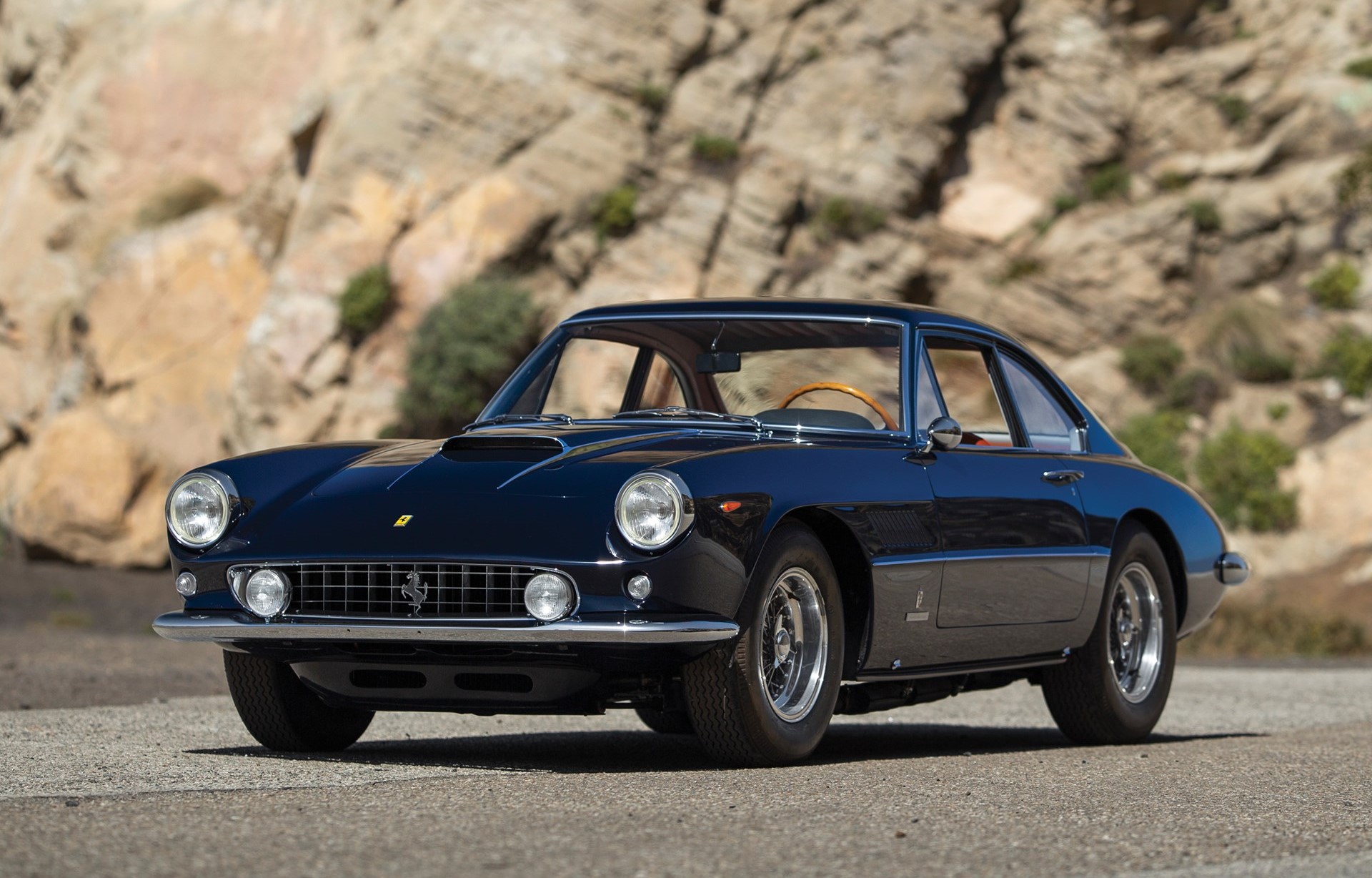
The Ferrari 400 Superamerica was a luxurious grand tourer produced in two series between 1960 and 1964. It was one of Ferrari’s flagship models whose existence was directly influenced by customer demand.
It drew on the Superamerica’s reputation for combining luxury with sporty performance. The Ferrari 400 Superamerica replaced the 1955 410 Superamerica and featured an improved suspension setup, gearbox with overdrive, four-wheel disc brakes and Ferrari’s trademark V12 with 335 hp on tap.
The GT was available in coupe, spider and cabriolet versions, all bodied by Pininfarina.
1968 Ferrari 365 GTB/4 ‘Daytona’
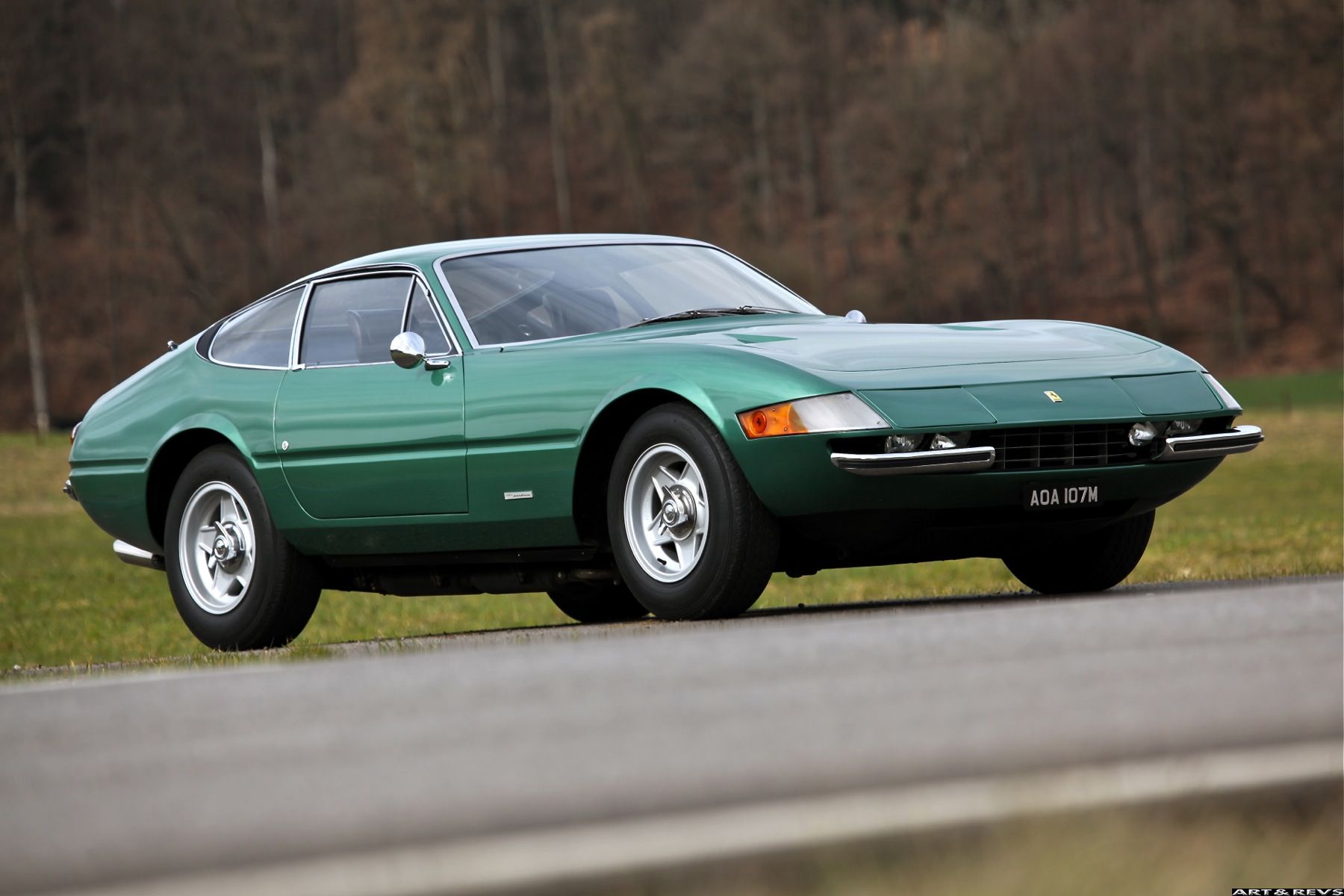
The Ferrari 365 GTB/4 was unveiled at the 1968 Paris Auto Salon as replacement for the outgoing 275 GTB/4.
An aggressive, almost shark-like sweeping nose headlines the 365 GTB/4’s distinct appearance. The body was styled by Pininfarina and featured a five-window cabin design with a large curved windscreen complemented by an almost flat rear screen. The engine was an improved version of the V12 found in the 275 GBT/4 with an official rating of 347 bhp and 318 lb-ft of torque.
Its unofficial ‘Daytona’ tag is a possible reference to Ferrari’s famous 1-2-3 finish at the 1967 Daytona 24-Hour Race, just a year before the car was launched.
1960 Ferrari 250 GT SWB Berlinetta
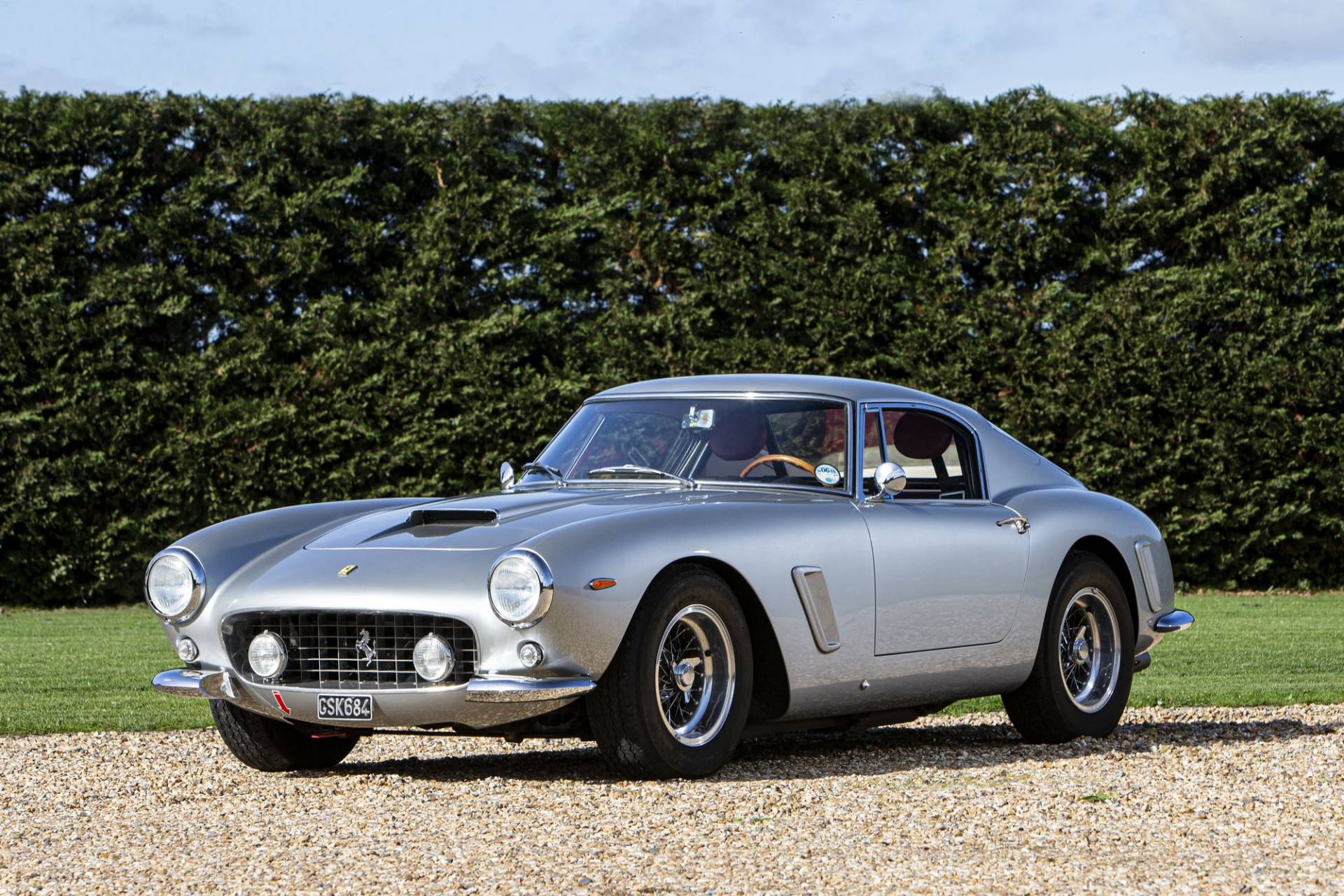
Branded as one of the most prominent racers of its time, the Ferrari 250 GT SWB Berlinetta was built on a shortened wheelbase (94.5 inches) for improved handling. The car was powered by a Colombo V12 that made anything from 237 hp to 276 hp.
Ferrari only made 176 units of these beauties, making them a rarity today. The carmaker also used steel and aluminum bodies in the different racing and road car trims. The 250 GT SWB Berlinetta achieved significant success on the racing circuit, including the GT Class of the 1961 Constructor’s Championship and the 1960 – 1962 editions of the Tour de France Automobile.
1963 Ferrari 250 LM
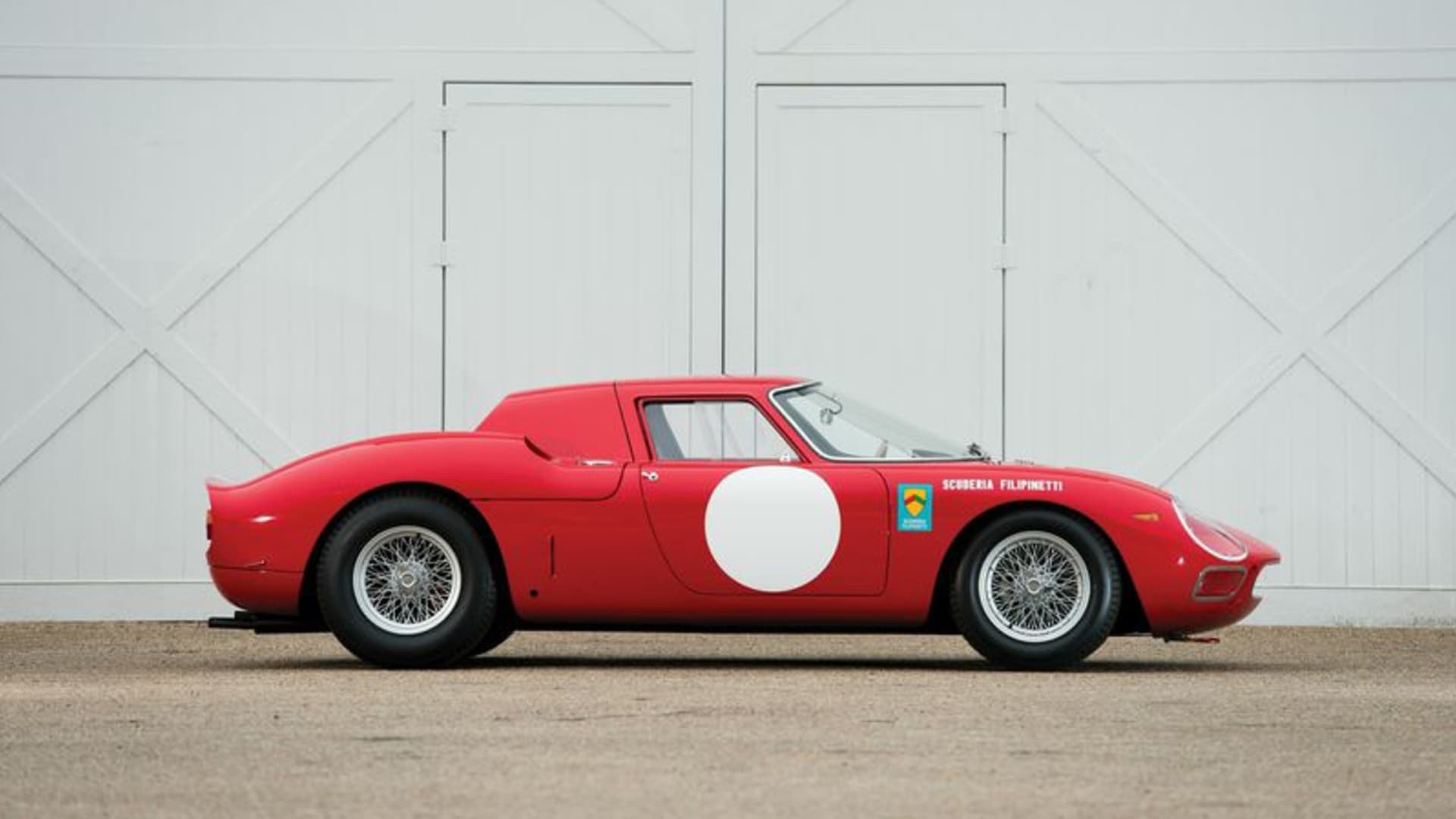
Ferrari only recently won the centenary edition of the 24 Hours of Le Mans, ending a 58-year hiatus from the podium’s top step. The last car that tasted Le Mans victory was the Ferrari 250 LM, back in 1965.
The 250 LM, unveiled at the 1963 Paris Motor Show, was the Berlinetta version of the 250 P prototype with basically the same chassis and running gear. The 250 LM was originally meant to replace the legendary 250 GTO in the GT racing class. However, the FIA rejected it because the 250 LM did not satisfy the homologation requirement that at least 100 units of the car had to be made.
Ferrari only made 32 units from 1963 to 1966. The 250 LM ended up competing in the prototype class against purpose-built rivals, arguably harming its chances of securing more racing victories.
1962 Ferrari 330 TRI
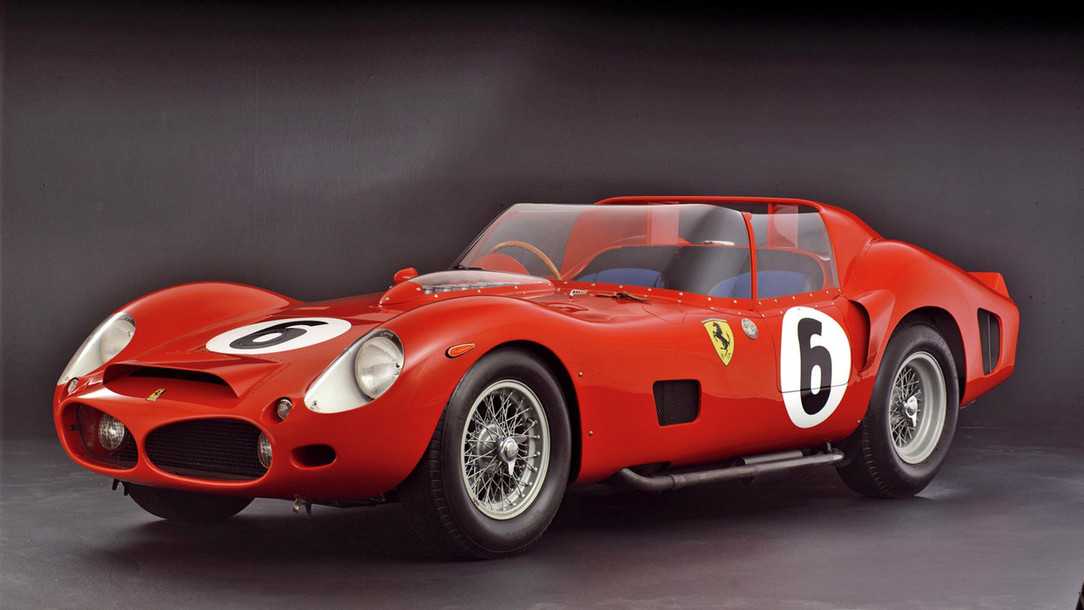
Ferrari designed this one-off classic for one purpose – to achieve victory at the 1962 classic Le Mans 24-Hour race. It duly delivered under the skilled hands of racing drivers Phil Hill and Olivier Gendebien.
The purpose-built 330 TRI racecar stood apart with its low-slung profile, flowing lines and the beast of an engine, at least for that era. The single camshaft Tpye 330 V12 four-litre unit cranked out a handy 390 bhp. After the 1962 Le Mans race, the car was sold to businessman Luigi Chinetti’s NART racing team and would go on to score other competitive victories.
1965 Ferrari 330 P2
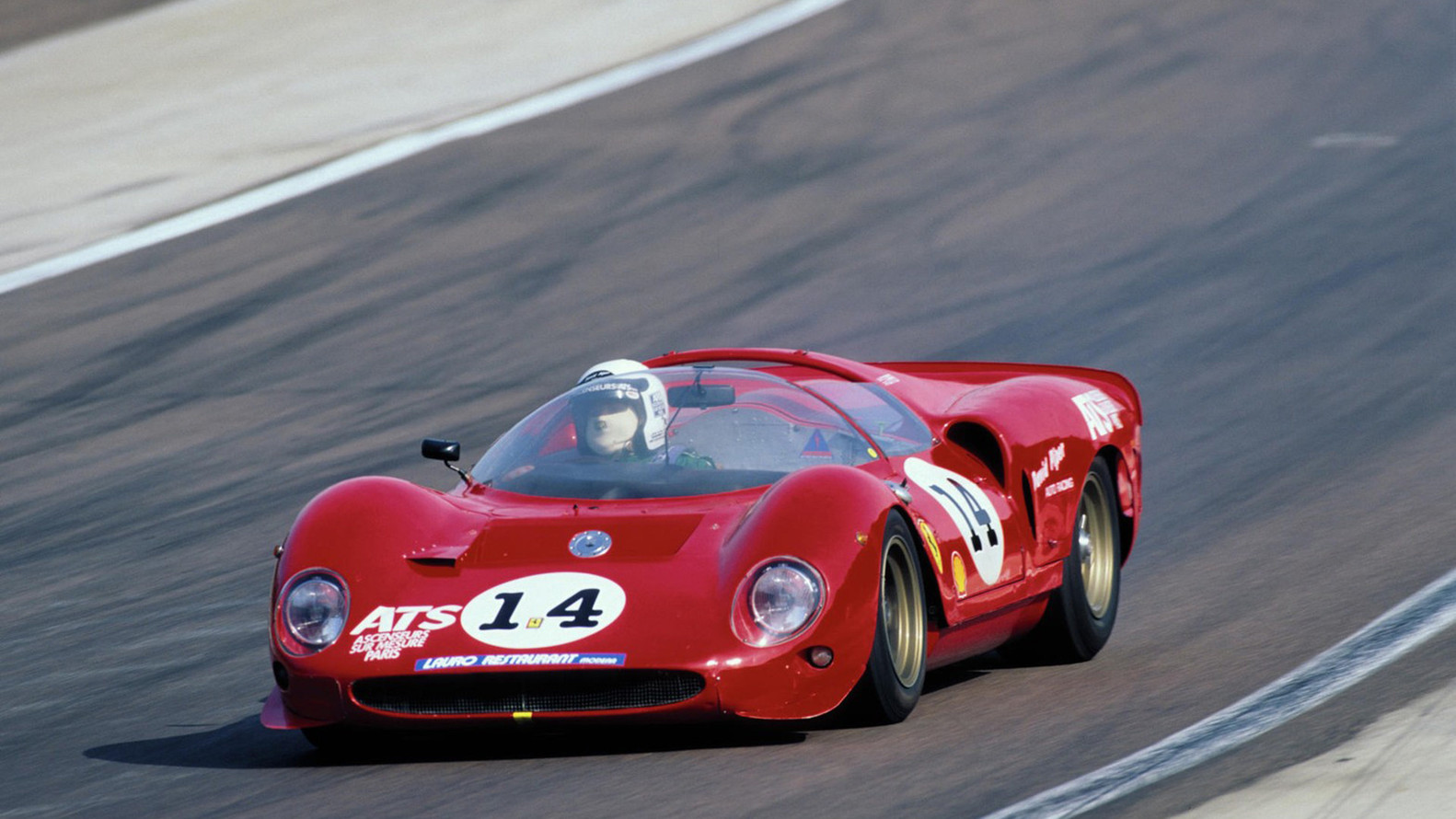
The Ferrari 330 P2 was one of the prominent Ferrari race cars during the ’60s. It was powered by a 4.0-litre V12 engine that featured twin overhead camshafts per cylinder bank. It was a rather sophisticated setup that helped the 4.0-litre engine fare better against American rivals with much bigger 7.0-litre engines.
The 330 P2 was built around a brand-new semi-monocoque spaceframe chassis with aluminum panels attached to the outside to stiffen the structure. The 330 P2 participated in events such as the Daytona 2,000km and the Ollon-Villars Hillclimb.
1965 Ferrari 275 GTB Competizione
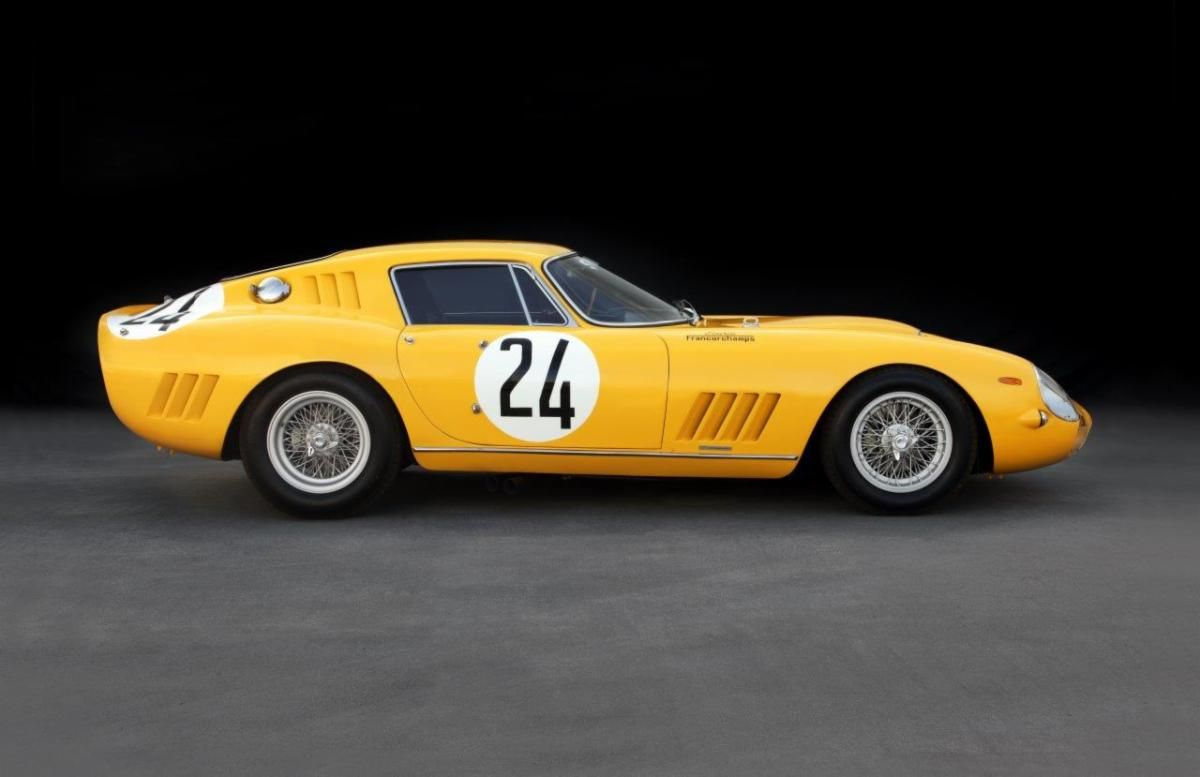
The Ferrari 275 GTB Competizione happened because the FIA did not homologate the 250 LM for GT class racing. Enzo Ferrari needed a quick replacement and so decided to create a racing version of the Ferrari 275 GTB road car.
The chassis was lightened through the use of smaller-diameter tubing. The engine sat lower and further back while the whole car was covered with a super-thin aluminum alloy. Ultimately, the 275 GTB Competizione weighed under 1,000 kgs (2,204 lbs). It was deemed too light to compete by FIA standards, leading to further modifications before it could compete.
It is one of the most sought-after Ferrari classics today, with one sold in 2014 by RM Sothey’s for a whopping $26,400,000.
1962 Ferrari 250 GTO
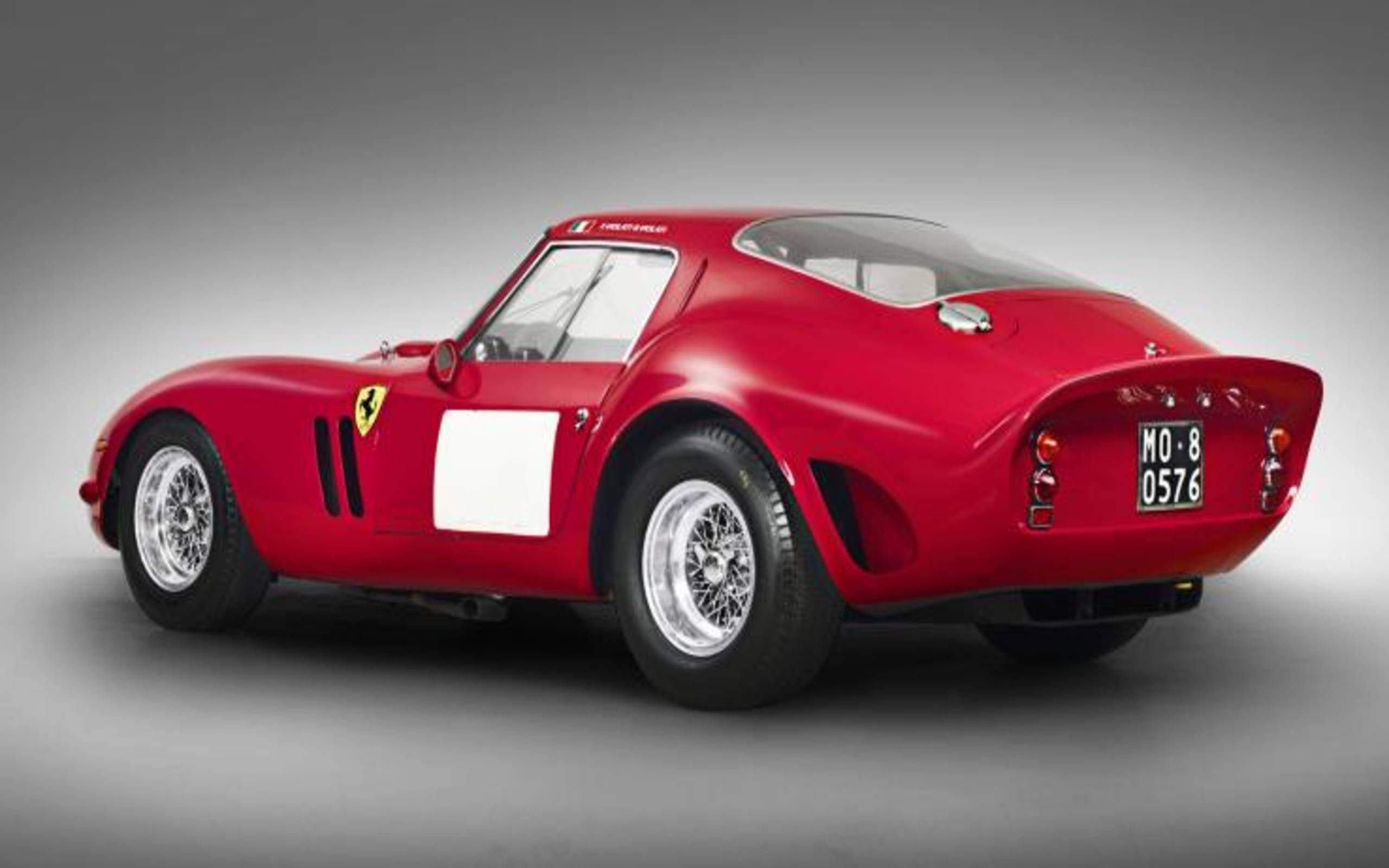
The hallowed Ferrari 250 GTO is the holy grail of classic Ferrari performance machines. It held the record for the most expensive car ever sold, with a 1964 Tour de France example exchanging hands for an eye-popping $70 million.
That was until it was bumped off the top spot by a 1955 Mercedes-Benz 300 SLR Uhlenhaut Coupe in 2022. Only 36 units of the 250 GTO were made by Ferrari from 1962 to 1964. Interested buyers reportedly had to be personally approved by Enzo Ferrari himself.
The 250 GTO was designed to compete in Group 3 GT racing and boasted a body style that emphasized aerodynamic efficiency and performance. The 250 GTO would go on to record several victories, including Le Man wins in 1962 and 1963.


